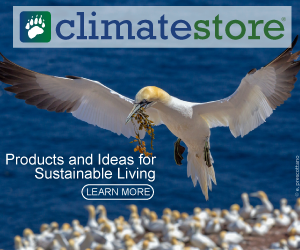Renewable energy cooperatives, such as those focused on wind energy, have emerged as a prominent force in the transition towards a sustainable energy future. In the United Kingdom, these community-led initiatives empower individuals to actively engage in generating, managing, and benefiting from renewable energy sources.
This article delves into the key features of energy cooperatives in the UK, emphasizing their vital role in promoting renewable energy, fostering local engagement, and contributing to the nation’s carbon reduction goals.
With a focus on wind energy cooperatives, we&#…
The community energy storage (CES) concept entails a utility-owned CES situated at the borderline of the utility distribution system, easily accessible to end-users. Utility-owned CES systems comprise multiple battery storage units connected to low-level transformers for small businesses and homes.
Community storage helps integrate renewable energy resources into the grid by addressing notable regeneration challenges. Solar energy storage systems have become more popular due to the increasing interest in renewable energy, self-consumption, and energy independence.
CES has become more appealing in recent years due to the …
The nearest star the Earth has is the sun. Even if it is a million miles away from the Earth, its gravitational force holds it around its orbit. It transmits heat and light, which makes life on Earth possible.
Plants must have daylight to grow while creatures, including people, need food and oxygen from plants. Also, without the sun’s heat, the Earth would be all ice. There will be no breeze, sea currents, or even clouds.
Solar energy is as old as the sun. While human beings have not …
Solar energy is energy coming from the sun. It is created through nuclear fusion which the sun undergoes. Fusion happens when hydrogen atoms forcefully collide and fuse, producing helium.
Nuclear fusion releases immense amounts of power in particles and waveforms. As a result, energy is continuously produced by the sun. Note that solar energy keeps the Earth warm, causes the weather, and keeps plants and animals alive.
The light, heat, and energy the sun produces are in an electromagnetic form. Moreover, we cannot see the majority of these electromagnetic waves. High-frequency waves include ultraviolet rays, gamma rays, and X…
The transition to using sustainable green energy will only develop if there is continuous research and innovation. That is one of the roles of the Climate and Energy Coalition. By dispensing new ideas, the coalition drives people to transition.
Also, the coalition believes in innovation through open communication, which means we are thinking and planning on solutions to contribute to a dependable energy system along with the government, business community, and knowledge institutions.
By …
There is much to learn about solar energy, and students can learn much from the benefits and disadvantages. Below are effective ways to introduce solar energy to students.
Discuss standard tools that use solar power
Stimulate the mind of your students and ask them to name standard devices that function using solar energy, such as highway lighting, garden lights, etc. Ensure that students see how these tools capture solar energy using PV cells and batteries for future use.
Also, …

